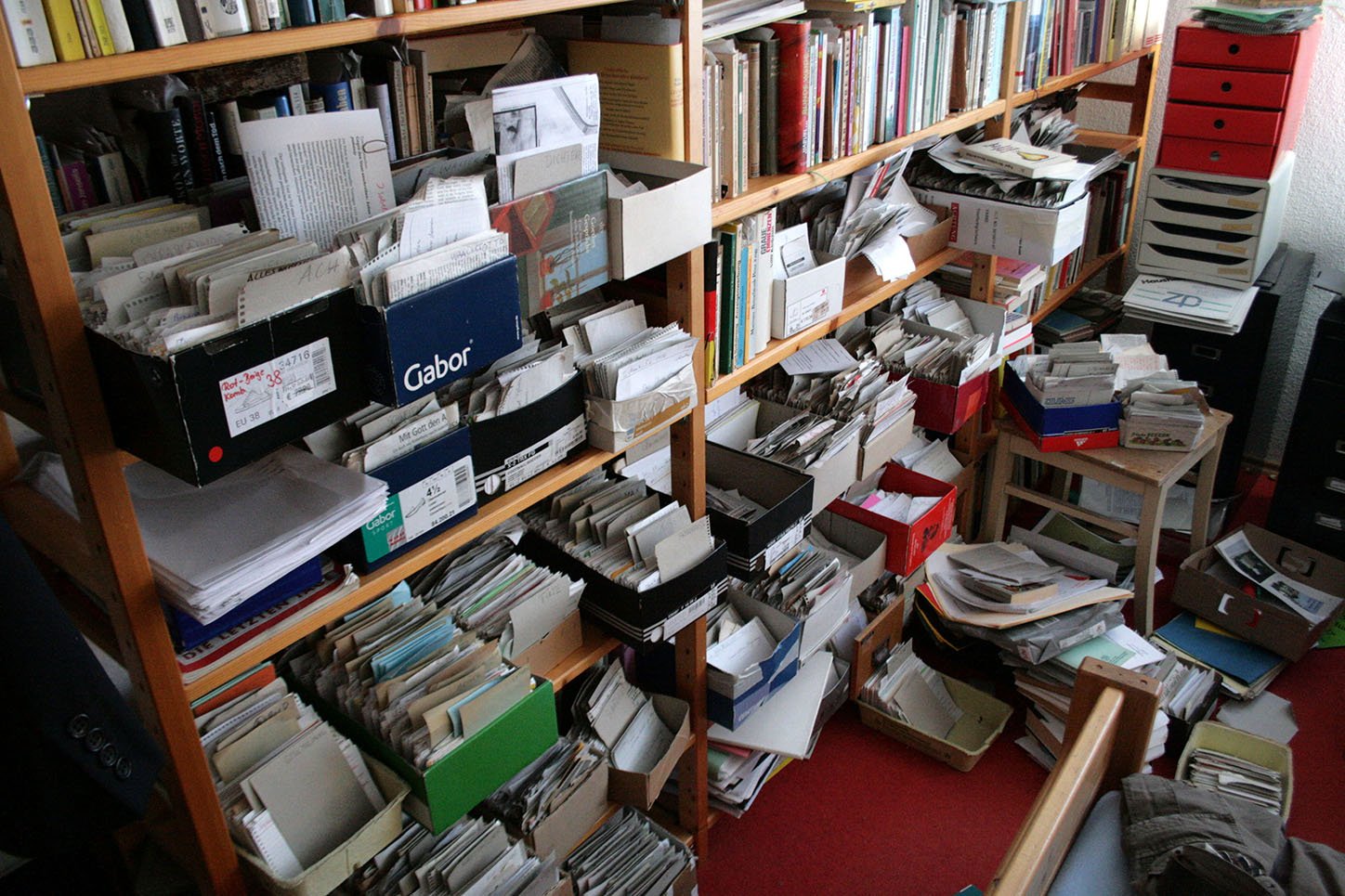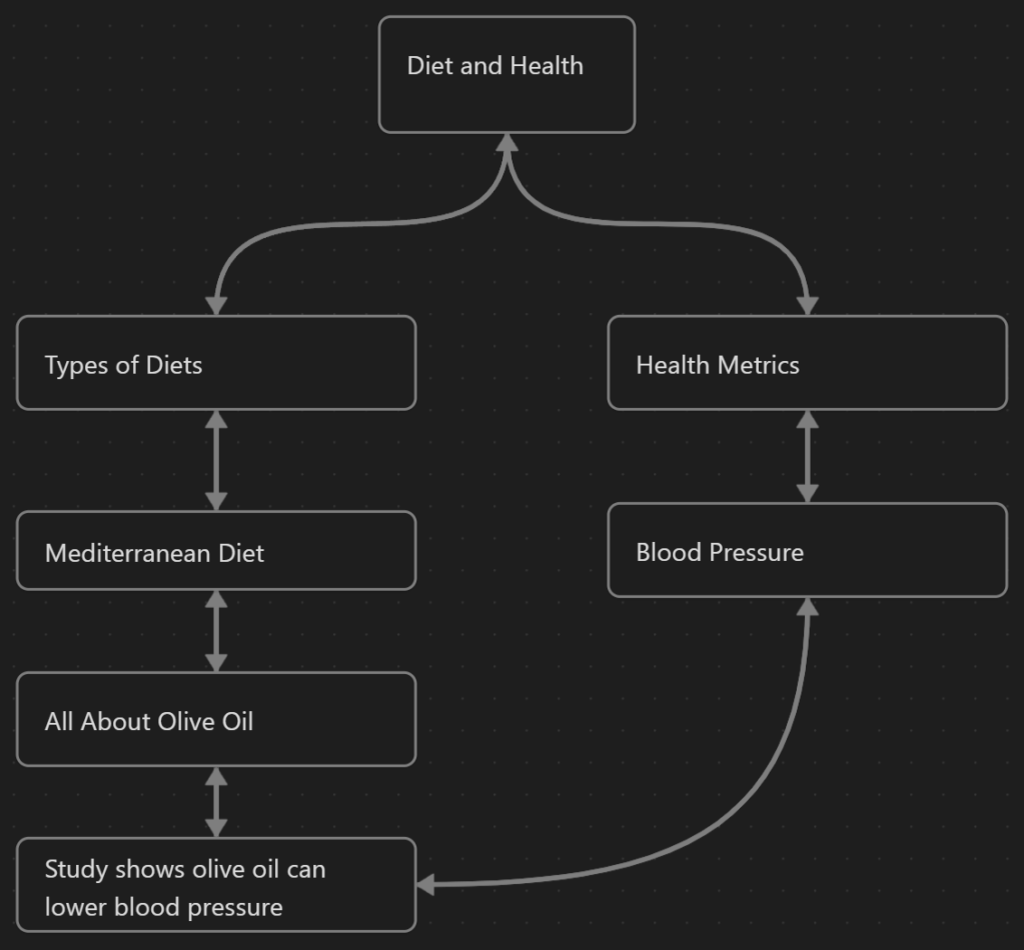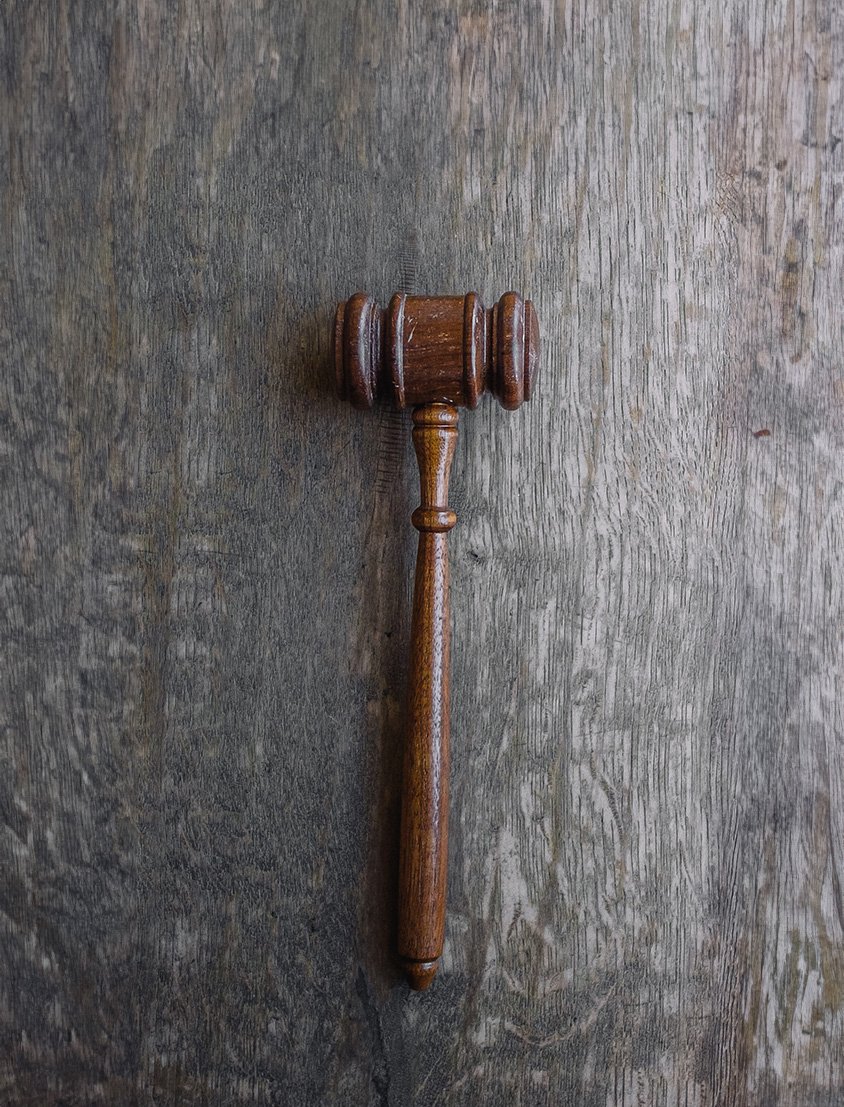
Building a Personal Knowledge Management System
The amount of information we encounter every day is overwhelming. Many of us start the day by watching videos or reading emails, news articles, and social media posts. We quickly forget most of this information we encounter unless we utilize a tool such as Obsidian to build our Personal Knowledge Management Systems (PKM). Assuming you have read Why You Need The Obsidian PKM we will now look at how to organize the PKM.
Numerous apps and software programs are available that simplify the note-taking process, note storage, and retrieval. These have come to be known as Personal Knowledge Management Systems (PKM). In this post, we will focus on Obsidian, which, unlike other more generic note-taking applications such as EverNote, is explicitly designed for PKM. Due to its specialized PKM features, zero cost, and a prolific community of plugin developers, Obsidian is becoming the de facto standard for this purpose.
Design A Versatile PKM Architecture
Many books and videos are available to help, such as Sönke Ahrens-How to Take Smart Notes. They describe organizational systems that facilitate collecting and retrieving notes that make up a PKM. Many note-taking methodologies have spawned this entirely new industry based on an extensive card file system developed in the 1950s by Sociologist Niklas Luhmann called ZettelKasten. From 1952-1953 Luhmann built a ZettelKasten system comprised of 90,000 cross-referenced index cards that made his prolific writing career possible, amassing 50 books and 550 articles in his lifetime. The system employs the Principle of Atomicity, where each note represents a single idea or topic that gets linked to related ones in the system. It also uses subject-related tags extensively that describe general categories helpful in finding related content. Fortunately, the entire system lends itself well to computerization, resulting in the emergence of Obsidian as a developing leader in the field.
Consistent with the Zettelkasten philosophy, our Obsidian architecture makes limited use of folders. Instead, it relies heavily on Obsidian’s internal linking system to establish connections between notes. When using folders to organize notes, problems inevitably arise. For example, when you need to associate a single note with more than one subject, you run into issues with a folder-based system. With links, interconnections are unlimited and unconstrained.
Three Tiered System
We start with three broad categories of notes: Fleeting Notes, Literature Notes, and Permanent Notes. These categories represent a systematic refinement of ideas that begins with the raw source material and ends with something new and original in final draft form. And since the Principle of Atomicity has us limit our notes to single topics, the Permanent notes become building blocks that can later be inserted unaltered into multiple projects.
The fourth principal folder is called Projects. Use Project notes when starting something new – a blog post, a book, or a significant research project. The Project is used to assemble one or more Permanent notes you write to combine them into a finished product.
Initial Capture
Rule one for a functional Obsidian PKM is that raw links without commentary will never enter the Obsidian vault. When consuming information, if time does not permit summarizing the material, use an external app to capture the link temporarily. Google Keep is a good example, although there are many options. The essential rule is to avoid using your PKM as a repository for unread, unprocessed links.
With Google Keep (or equivalent) on your desktop, laptop, phone, and tablet, you can save these links with random thoughts and ideas anytime, anywhere. They become warehoused until you review them and convert them to Obsidian notes.
Maintenance of your PKM will include periodically annotating and transferring the notes in Google Keep to the Fleeting or Literature Notes folder in the Obsidian vault.
Templates
Obsidian provides a Template feature that assures consistency across all note types. Templates standardize the format of notes across the entire vault. They also serve as a reminder to capture all necessary information. In its simplest form, a template includes the following:
- Date created – for reference purposes
- Notes – the actual notes
- See Also – internal links to related notes in the vault and external links
- References – citations, bibliographical entries, etc.
In addition to a generic Note template like the one described above, you can develop unique templates for Daily Notes, Book and Author Notes, etc. Templates are a highly customizable feature and essential to building a solid PKM.
Fleeting Notes
A Fleeting Note is a quick note taken to capture a thought or idea that is not necessarily fully developed. It is typically a short text item designed for easy reference later.
A Fleeting Note contains references to online resources, such as blog posts, news articles, interesting quotes, etc. It should include a summary capturing the gist of the material and your comments and thoughts. They should always include a link to the source material. These links will often be used later to develop more detailed Literature or Permanent Notes, as described below.
These notes are independent entities and not necessarily associated with any specific project. They are in the vault simply because the information is interesting and may be helpful in future projects. Collecting thousands of Fleeting Notes is not uncommon as you encounter items of interest throughout the day.
They should be linked extensively to similar notes throughout the system to help develop more comprehensive ideas later.
Literature Notes
A Literature Note is a more detailed note taken while reading a book or article. It includes a summary, quotes, and analysis of the text. Think of it as a type of Permanent Note not to be discarded. The Literature Note, often including information from multiple sources, is meant to be used to understand and summarize the text’s content.
Permanent Notes
Permanent notes in the Zettelkasten method typically contain a fully developed and polished idea or concept to be included in future projects. These are the building blocks of the Zettelkasten system.
A Permanent Note usually includes input from one or more Literature and Fleeting Notes to develop an idea, support an argument, or make a point.
They can be considered the final draft of a single idea and should be kept as concise as possible. The more polished and refined a permanent note is, the more valuable it will be as a building block for other ideas and projects in the future. When creating a modular system, it is essential to focus on creating clear and concise permanent notes that can be easily referenced and connected to other notes in the Zettelkasten system.
Finalize all literature citations and bibliographic references appropriately.
The Importance Of Links and Tags
Adding links and tags to all notes increases the probability of finding them as ideas evolve from initial capture to final, original content.
Over time your PKM will hold many interlinked notes covering many subjects. Reviewing these will often generate ideas that lead to new topics of interest and research projects. Brainstorming new projects becomes a thing of the past as you let linked Permanent Notes be your guide.
The entire concept leverages our natural inclination to read about what interests us. Doing so can’t help but increase the number of notes these topics generate. As the vault grows, so do the number of interlinked connections until, inevitably, a finished project reveals itself.
Project Notes
Projects are usually collections of Permanent Notes and ideas linked together in a top-level Project Note. Projects often look like outlines, each entry relating to a Permanent Note. Combining the Permanent Notes into a final document requires minimal effort if the Permanent Notes are in final draft form.
Links and Backlinks Example
The First Link
Let’s assume we read a news article, “Study shows olive oil can lower blood pressure.” We create a Literature note in our PKM, summarizing what we just read. Summarizing the gist of the piece improves our retention dramatically, and the PKM stores the information for future reference. But we don’t stop there. When we create a note in our PKM, the template we devised includes areas for our content and sections labeled “See also…” and “References.” We enter the original news article’s URL in the See Also section to make it available in the future. We also tag the note using our subject-oriented hashtag system comprised of search terms we have devised. In this case, #diet, #health.
Next, we determine if any notes in our system are related to the one we are creating. A search of our knowledgebase for “olive oil” locates an article entitled “All about olive oil,” which we wrote some time ago. We use Obsidian to link the term “olive oil” in the current note to the older article. In addition, we can add a reference in the See Also section of “All about olive oil” to the note we just created. We now have a bidirectional link. If we look at either of these notes sometime in the future, we will always find the other.
Going further, when “All about olive oil” was created, it linked to a higher level note called “Mediterranean Diet.” “Mediterranean Diet” linked to a note called “Types of Diets,” which in turn connected to another top-level note called “Diet and Health.” If we access these notes at any time, all the rest, including our new note about olive oil and blood pressure, will be accessible.
Finding Additional Links
Since our new note is also about blood pressure, we search the vault and find a note titled “Blood Pressure” that we wrote some time ago. Using Obsidian, we can easily link our current note to it. Then we link the See Also section of the older Blood Pressure note to our “Study shows olive oil can lower blood pressure” note. We now have another bidirectional link.
But that’s not all. When we wrote the Blood Pressure note some time ago, we linked it to a higher-level note titled “Health Metrics,” which was linked to the same “Diet and Health” note in the Olive Oil chain.
We now have an exciting knowledge base forming after entering just a few notes. Using Obsidian’s powerful Mind Mapping system called Canvas, it looks like this:

Now imagine this network multiplied manyfold as the number of notes in the system reaches the thousands. That is why a PKM is often called a Second Brain.
Some Additional Miscellaneous Folders
The Obsidian PKM includes information that is not directly related to the daily knowledge we store there. These are notes and files that serve ancillary functions and, as such, belong in separate folders outside of the flow of information. These include such items as image files, videos, etc. The following are some examples:
- Authors and Books – link to these from your regular notes
- Canvas Files -Mind map graphics generated by Canvas in Obsidian
- Documentation – links to Obsidian and plugin documentation
- Media – all graphic, audio, and video files imported into notes
- Templates – a place to store all templates separate from the notes
- Timestamps – a place to keep all of the Daily Notes you generate
This post provides a proven structure for an Obsidian-based Zettelkasten-type Personal Knowledge Management system. Starting your PKM with an open architecture like this will afford you maximum flexibility and ease of use.
This post first appeared in Ruminations


